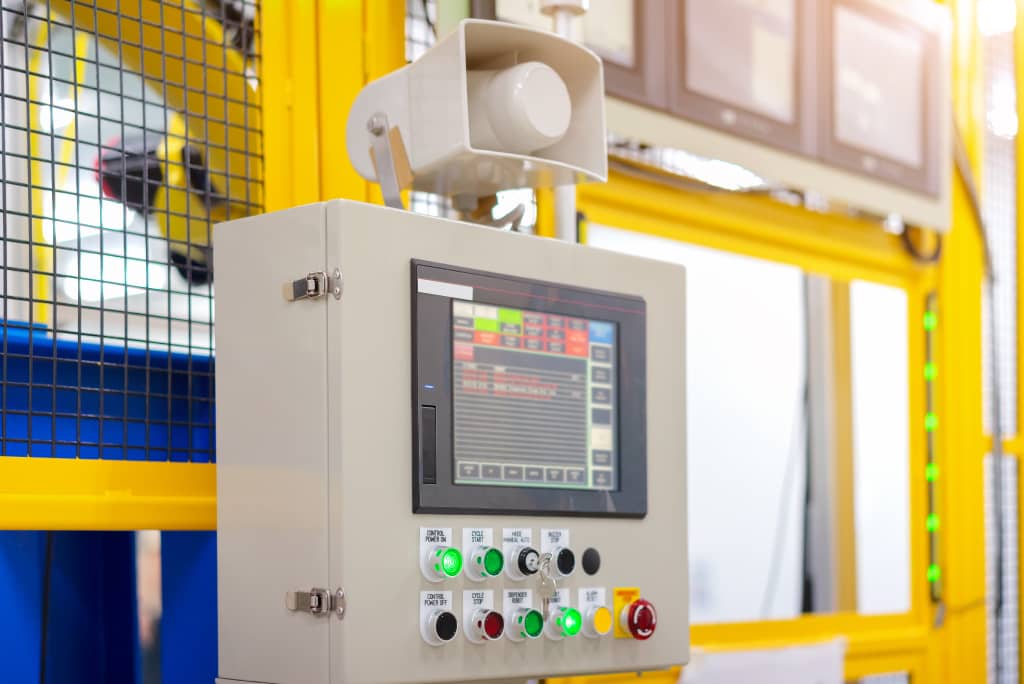RECENT POSTS

From Concept to Implementation: Matching Your Needs with an Industrial Automation Solution Provider
Embarking on an industrial automation modernization journey brings tremendous potential to transform workflows, productivity, quality, and safety. Yet, realizing the full benefits depends on meticulous planning and choosing the right industrial automation solution provider as a strategic partner. Taking time to thoroughly evaluate priorities, requirements, and provider capabilities paves the way to successfully execute automation projects from concept to rollout.
Clarifying Your Top Industrial Automation Solution Objectives
Every industrial setting presents unique needs and opportunities for performance improvements from increased automation. Start by analyzing current processes to pinpoint the biggest limitations and their impacts.
Common targets like production bottlenecks, deficient quality checks, data flow gaps, insufficient flexibility to handle product changes, and manual workflows exposing staff to hazards all provide fruitful areas for initial investigation.
Rank which processes offer the largest potential gains if optimized through automation. Factor in softer needs like improving employee satisfaction by taking staff out of mundane repetitive tasks automation can handle. Keep gathering input and refining potential project ideas until clear objectives emerge around two to three top priorities for automation to address. Maintaining focus helps match the solution well.
Drilling Down on Technical Requirements
With high-level project objectives defined, transition into enumerating detailed automation requirements and specifications. Map out existing assets and infrastructure along with new systems needed. Hardware components like sensors, conveyors, and robotics plus software platforms and data analytics tools play key roles.
Outline the data inputs, processing, analytics, and control outputs required. Account for all needed integrations across inventory management systems, quality checks, supply chain logistics, and more.
Detail your essential capacities, throughputs, machine precision levels, user and IT system interfaces, and device connectivity protocols. Consider future aims for flexibility, easy reconfigurations, and upgrades over upcoming years. Thorough technical detailing ensures the automation solution provider engineers a system matched to your specifications. Maintaining organized requirements documentation eases collaboration.
Evaluating Provider Expertise and Capabilities
With clear objectives and detailed specifications in hand, evaluating automation solution providers against needs and aspirations becomes more straightforward. Seek outstanding expertise spanning electrical, software, mechanical, quality, and safety domains—this breadth enables integrating automation holistically across operations.
Also, confirm experience in engineering automation environments with similar technical complexity to the project vision.
Ask about proven specialization in the technologies central to the prospective solution, such as machine learning techniques, advanced visualization, and collaboration robotics. Equally important, explore the provider’s innovation roadmap and appetite to push boundaries, advancing automation capabilities through emerging methods.
Aligning with an automation engineering firm moving the industry forward around future automation techniques brings lasting value.
Ensuring Operational Metrics and User Protections
Amid the technical details, keep connecting back to the operational metrics automation aims to improve and how precisely it will enhance workflows for personnel. Will the productivity targeted numbers solve the limitations users face? Consider if the solution remains easy to manage and modify when inevitable business changes occur.
Cybersecurity also grows as a priority to secure automated controls from malicious actors, so delve into providers’ strategies there.
Clear user safety protections must also carry through the design, removing workers from hazardous situations whenever applicable while engineering in contingency mechanisms for when emergencies arise. Discuss how the provider will architect automation holistically across connected systems to contain risks.
By maintaining focus on desired operational impacts rather than technical wizardry alone, projects stay grounded in solving genuine business obstacles through superior automated tools.
Performing Due Diligence For Industrial Automation Solution Providers
Verify industrial automation solution providers possess all needed areas of expertise by examining past project examples in detail along with customer references. Gather input regarding not just engineering caliber but also project management practices contributing to or hindering success.
The right industrial automation provider operates as a true strategic partner dedicated to understanding your specific objectives and actuating automation capably through continual engagement. If your business is part of an industry with strict regulatory concerns, ask potential industrial automation solution providers what experience they have with those regulations.
Turning Plans into Next-Generation Industrial Automated Realities
Following a diligent selection process, the stage is set to turn ambitious plans into transformative automated realities. Maintain collaboration, access internal expertise when helpful, and check in frequently as complex solutions take shape. With objectives clearly defined, requirements meticulously detailed, and the right industrial automation engineering partner in place, organizations can feel confident in implementing automation’s immense promise to revolutionize workflows, quality, output, and safety over a new horizon of performance gains.
The fruits of this vital investment in matching needs to solutions will pay dividends for years to come.
Searching for an industrial automation solutions provider? Contact Pacific Blue Engineering today at (657) 201-8603 or request a consultation online.
similar posts
Certifications
Contact Us
Telephone:
Corporate Office “The Shop”
Pacific Blue Engineering, LLC
2880 Orange Ave
Long Beach, CA 90755
© All contents copyright © 2023 by Pacific Blue Engineering













